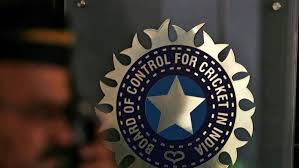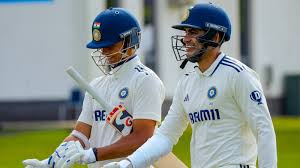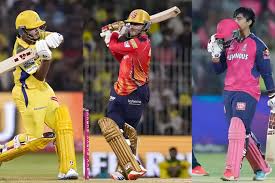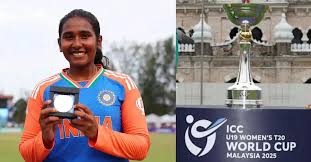Cricket
Featured
Blueprint for the Future? BCCI's Domestic Shake-up Aims to Boost Competition and Unearth New Talent
Editor
Jun 20, 2025
min read
3 views

The Board of Control for Cricket in India (BCCI) has unveiled a significant overhaul of its domestic structure for the upcoming 2025-26 season, a move aimed at enhancing competitiveness, streamlining talent identification, and adding new relevance to its marquee tournaments. The decisions, ratified at the 28th Apex Council Meeting in mid-June, signal a strategic shift in how the board manages its cricketing pipeline, with major changes to the Duleep Trophy, Syed Mushtaq Ali Trophy, and the promotion/relegation system in the prestigious Ranji Trophy.
Perhaps the most notable change is the revival of the zonal format for the Duleep Trophy. The tournament, which has experimented with various formats in recent years including mixed-Indian teams, will now revert to a contest between six zonal teams (North, South, East, West, Central, and North-East). The squads will be selected by zonal selectors, a move seen by many former cricketers as a positive step towards restoring the tournament's traditional identity and fostering regional pride. The primary goal is to create more balanced and competitive teams, ensuring that the tournament serves as a genuine trial for players aspiring to break into the India 'A' and senior national squads.
Another major reform targets the domestic T20 landscape. Both the Syed Mushtaq Ali Trophy and the Senior Women's T20 Trophy will now feature a Super League stage instead of a traditional knockout format. Under the new rules, the top eight teams qualifying from the group stage will be split into two groups of four. Each team will play three matches within their group, with the two table-toppers advancing directly to the final. This change is designed to provide more high-pressure matches for the top teams, offering a more rigorous test and reducing the chances of a strong team being eliminated by a single poor performance in a knockout game. It also provides selectors with a larger sample size of performances in high-stakes encounters.
In a move that has sparked considerable debate, the promotion and relegation system for the Ranji Trophy has been tightened. From the 2025-26 season, only one team will be promoted from the Plate Group to the Elite Group, and conversely, only one Elite team will be relegated. This is a departure from the previous system which often saw two teams move between the tiers. The BCCI's rationale appears to be to increase the value of an Elite spot and ensure that teams promoted from the Plate group are consistently competitive. However, critics argue this could reduce opportunities for players in Plate teams to test themselves against higher-quality opposition and might make it harder for emerging state teams to climb the domestic ladder.
Furthermore, the board has addressed the tie-breaker rules in all its white-ball tournaments. The often-controversial head-to-head clause has been removed. In situations where teams are level on points, progression to the next stage will now be determined solely by Net Run Rate (NRR), providing a clearer and more universally accepted metric for ranking.
The comprehensive domestic season is set to commence on August 28, 2025, with the Duleep Trophy and will conclude on April 3, 2026, with the Senior Women's Inter-Zonal Multi-Day Trophy. The restructuring reflects a long-term vision from the BCCI to build a more robust and competitive domestic circuit. By bringing back the zonal Duleep Trophy, the board hopes to rekindle old rivalries and provide a clearer pathway for selection. By introducing a Super League in T20s, it aims to better prepare players for the pressures of franchise cricket and international T20s. While the change to the Ranji Trophy's promotion system will be closely watched and debated, the overall intent is clear: to create a domestic structure that is not just a collection of tournaments, but a dynamic and efficient engine for producing world-class cricketers for India. The success of this new blueprint will be judged by the quality of talent it unearths in the coming years.
Editor
League Manager Editorial Team





Leave a Comment